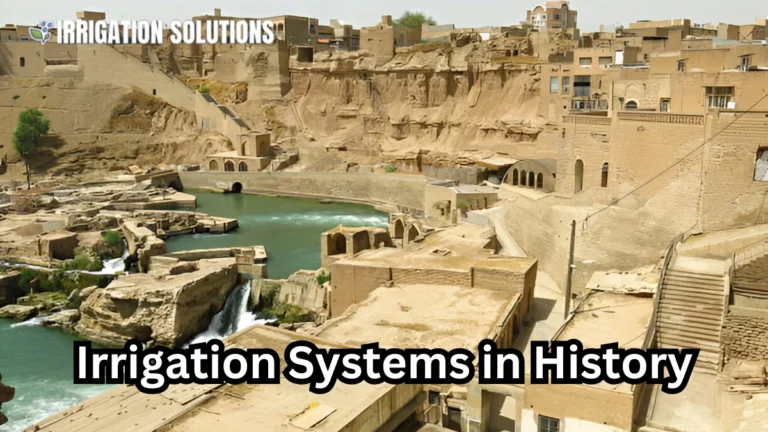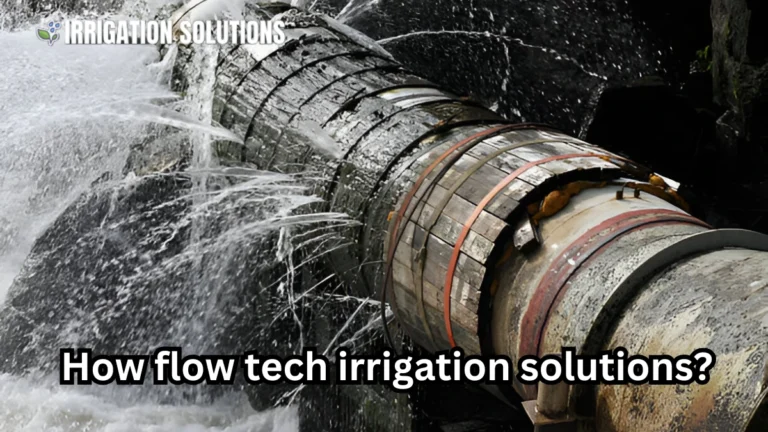best irrigation sprinkler

irrigation sprinkler are a crucial part of modern landscaping, helping to maintain lush, green lawns, vibrant gardens, and healthy crops. Whether you’re a homeowner looking to keep your garden in tip top shape or a farmer aiming to optimize crop production, understanding the different types of irrigation sprinklers and how they work is essential. This guide will dive deep into the various aspects of irrigation sprinklers, from types and benefits to installation tips and maintenance, ensuring you have all the knowledge you need to make informed decisions.
What Are Irrigation Sprinklers?
Irrigation sprinklers are devices that distribute water over a designated area, simulating the natural process of rainfall. They can be used in residential lawns, sports fields, golf courses, agricultural fields, and more. The primary goal of an irrigation sprinkler system is to ensure that water is efficiently distributed to plants or crops, promoting healthy growth while conserving water.
Types of Irrigation Sprinklers
There are several different types of irrigation sprinklers, each designed to meet specific needs. The most common types include:
1. Rotary Sprinklers
Rotary sprinklers rotate as they spray water, covering a wide area. These are typically used in large lawns or agricultural fields where uniform water distribution is needed. Rotary sprinklers can be adjusted to control the spray pattern, making them ideal for various landscape sizes and shapes.
- Pros: Efficient water coverage, adjustable spray patterns.
- Cons: May not work well in small areas.
2. Stationary Sprinklers
Stationary sprinklers are fixed in one position and spray water in a specific pattern. These sprinklers are great for small lawns or gardens where a limited area needs to be watered.
- Pros: Simple, affordable, and easy to use.
- Cons: Limited coverage area.
3. Oscillating Sprinklers
Oscillating sprinklers feature a long bar that moves back and forth, creating a fan like spray pattern. These are perfect for rectangular areas and provide even water distribution.
- Pros: Excellent coverage for rectangular lawns or gardens.
- Cons: Not suitable for large, irregularly shaped areas.
4. Impact Sprinklers
Impact sprinklers are known for their durability and ability to withstand high water pressures. They use a spring loaded mechanism that creates a “clunking” sound as they rotate, hence the name “impact.”
- Pros: Ideal for large areas with high water pressure.
- Cons: The noise can be disruptive, and they may require more maintenance.
5. Pop up Sprinklers
Pop up sprinklers are installed below the ground and pop up when the system is turned on. These sprinklers are often used for lawns or garden beds where aesthetics are a concern since they remain hidden when not in use.
- Pros: Discreet, efficient for lawn watering.
- Cons: Can get clogged if debris enters the system.
Key Factors to Consider When Choosing an Irrigation Sprinkler
Choosing the right irrigation sprinkler depends on several factors. Here are some of the most important considerations:
Water Pressure
Different sprinklers require different water pressures to function efficiently. Some systems, like impact sprinklers, can handle high pressure, while others, like pop up sprinklers, are best suited for moderate pressure levels. Check the water pressure in your area before selecting a sprinkler type.
Coverage Area
Consider the size and shape of the area you need to water. For example, oscillating sprinklers are great for rectangular areas, while rotary sprinklers are better for larger, circular lawns. If you need to cover multiple areas, you might need a combination of sprinkler types.
Climate and Watering Needs
Your region’s climate and the types of plants you grow will also impact the sprinkler you choose. For instance, desert areas may require a more efficient system with low water consumption, such as drip irrigation, whereas more humid climates may benefit from overhead sprinklers.
Benefits of Irrigation Sprinklers
Using an irrigation sprinkler system offers numerous benefits, from conserving water to improving the health of your garden or crops. Here are some of the top advantages:
1. Water Conservation
Irrigation sprinklers can help reduce water waste by delivering water directly to the roots of plants, minimizing evaporation. Additionally, sprinkler systems can be programmed to run during the early morning or late evening, further reducing water loss due to the sun.
2. Time Efficiency
Manual watering with a hose can be time consuming and inefficient. With an automated sprinkler system, you can set a schedule, allowing your system to water your garden or lawn without any effort on your part.
3. Healthier Plants
By ensuring your plants receive a consistent amount of water, irrigation sprinklers help promote healthy growth. Overwatering and underwatering are common problems, but an irrigation system can provide optimal moisture levels for plant health.
4. Improved Lawn Aesthetics
Sprinklers help maintain an even distribution of water, which is crucial for ensuring your lawn looks lush and green. Proper irrigation can reduce brown patches, dry spots, and other common lawn issues.
How to Install an Irrigation Sprinkler System
Installing an irrigation sprinkler system requires careful planning and preparation. Here are the basic steps involved:
Step 1: Plan the Layout
Start by designing the layout of your sprinkler system. Determine where you want to place the sprinklers based on the size and shape of the area to be watered. Consider obstacles like trees, flower beds, and walkways, as these may affect the water distribution.
Step 2: Measure Water Pressure
Ensure that your water pressure is sufficient to operate your sprinkler system. Most sprinkler heads require between 30 and 50 PSI (pounds per square inch) to function properly. You may need to adjust your system or use a pressure regulator to achieve the desired pressure.
Step 3: Install Pipes and Valves
Lay down the pipes that will carry water to the sprinkler heads. Use PVC pipes for durability and easy installation. Don’t forget to include valves that will allow you to control water flow to different sections of your system.
Step 4: Place the Sprinkler Heads
Once the pipes are in place, install the sprinkler heads according to your layout plan. Make sure the heads are positioned correctly to ensure even water coverage. If using pop up sprinklers, make sure they’re flush with the ground when not in use.
Step 5: Test the System
After installation, turn on the system and test the sprinklers. Check for any areas that may not be getting enough water or are being overwatered. Adjust the heads as needed to ensure even coverage.
Step 6: Automate the System
Install a timer or irrigation controller to automate the system. You can program your sprinklers to run at specific times, ensuring that your lawn or garden receives the right amount of water at the optimal times.
Common Issues with Irrigation Sprinkler Systems and How to Fix Them
While irrigation sprinkler systems are designed to be reliable, issues can arise from time to time. Here are some common problems and troubleshooting tips:
Clogged Sprinkler Heads
Debris, dirt, and mineral buildup can clog the sprinkler heads, reducing water flow. To fix this, remove the sprinkler head, clean it thoroughly, and reinstall it. Consider installing a filter on your system to prevent debris from getting into the sprinkler heads.
Uneven Watering
If certain areas of your lawn are getting more water than others, your sprinkler heads may need adjusting. Make sure all heads are positioned correctly, and check for any obstructions that may be blocking the water flow.
Low Water Pressure
Low water pressure can be caused by leaks in the pipes or issues with the water supply. Check the system for leaks and repair any damaged pipes. You may also need to adjust the system to ensure it works with the available water pressure.
Broken Pipes or Valves
Over time, pipes and valves may crack or become damaged. This can cause leaks or prevent water from reaching the sprinkler heads. Inspect your system regularly for damage and replace any broken parts promptly.
Tips for Maintaining Your Irrigation Sprinkler System
Proper maintenance is crucial to keeping your irrigation system working efficiently. Here are some essential maintenance tips:
- Inspect the system regularly for leaks, clogs, and broken parts.
- Clean the sprinkler heads periodically to remove dirt and debris.
- Check the water pressure to ensure it remains consistent.
- Adjust the timer settings based on seasonal changes and weather conditions.
- Winterize the system by draining the pipes before the cold weather sets in to prevent freezing.
Conclusion
Irrigation sprinklers play a vital role in maintaining healthy lawns, gardens, and crops. Understanding the different types of sprinklers, their benefits, and how to install and maintain them can help you create an efficient irrigation system tailored to your needs. By carefully considering factors such as water pressure, coverage area, and plant requirements, you can ensure that your sprinkler system provides optimal water distribution, promotes healthy growth, and conserves water.
Whether you’re a homeowner looking to keep your lawn lush or a farmer striving to increase crop yield, investing in the right irrigation sprinkler system is a step toward a greener, more sustainable future.






